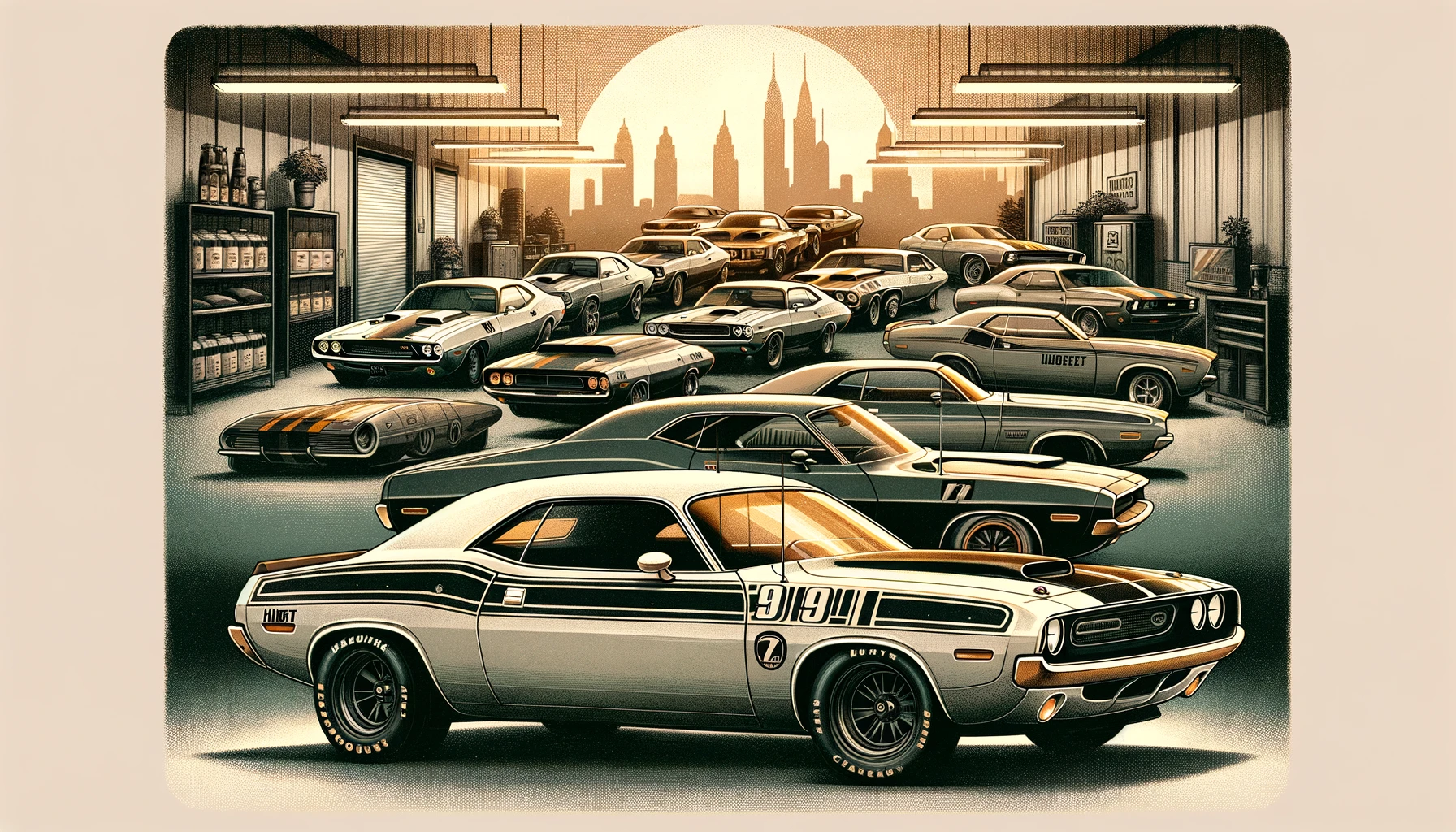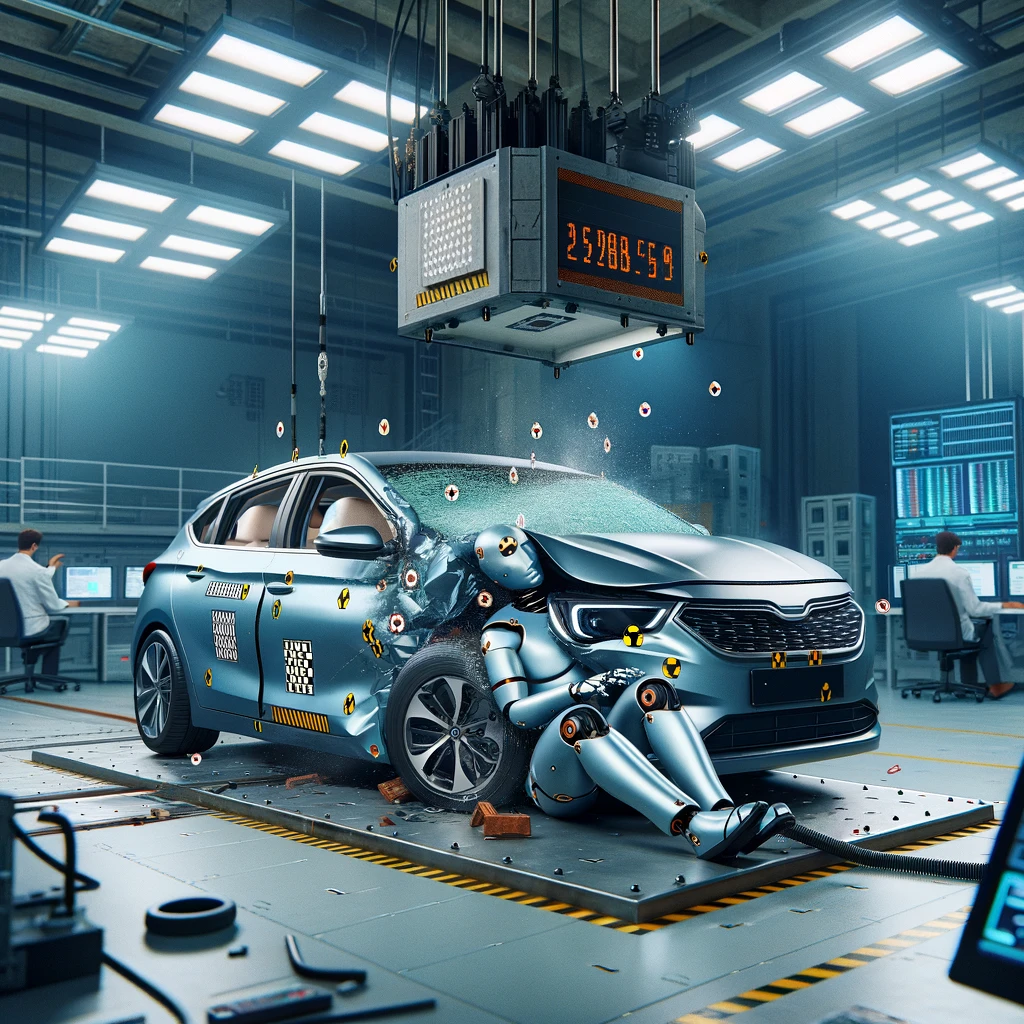
Best Preowned Cars for New Drivers
As a new driver, finding the right car can be a daunting task. You want a vehicle that is safe, reliable, and easy to handle, all while staying within your budget. Preowned cars are an excellent option for new drivers, as they offer great value without compromising on quality. In this article, we’ll explore some of the best preowned cars for new drivers.
- Honda Civic (2012-2016) The Honda Civic is a popular choice among new drivers due to its reliability, fuel efficiency, and safety features. Models from 2012 to 2016 come equipped with advanced safety technologies like electronic stability control and anti-lock brakes. The Civic also boasts excellent crash test ratings, making it a secure choice for inexperienced drivers.
- Toyota Corolla (2014-2018) Known for its dependability and longevity, the Toyota Corolla is another great option for new drivers. Models from 2014 to 2018 offer a comfortable ride, easy handling, and a spacious interior. The Corolla also comes with Toyota’s Star Safety System, which includes features like traction control and brake assist, providing an extra layer of protection for new drivers.
- Mazda3 (2014-2018) If you’re looking for a preowned car that combines safety and style, the Mazda3 is an excellent choice. Models from 2014 to 2018 offer responsive steering, great fuel economy, and a sleek design. The Mazda3 also comes equipped with advanced safety features like blind-spot monitoring and rear cross-traffic alert, making it easier for new drivers to navigate the roads safely.
- Subaru Impreza (2012-2016) For new drivers who live in areas with harsh weather conditions, the Subaru Impreza is a reliable choice. Models from 2012 to 2016 come with all-wheel drive as a standard feature, providing excellent traction and stability in rain, snow, or ice. The Impreza also offers a comfortable ride and spacious seating, making it a practical choice for young drivers.
- Volkswagen Golf (2015-2018) The Volkswagen Golf is a versatile preowned car that offers a balance of performance, safety, and comfort. Models from 2015 to 2018 come with advanced safety features like automatic post-collision braking and a rearview camera. The Golf also offers a smooth ride and responsive handling, making it an enjoyable car for new drivers to learn on.
Conclusion
When shopping for a preowned car as a new driver, prioritize safety, reliability, and ease of use. The vehicles listed above offer a great starting point in your search, but be sure to research each car thoroughly and have it inspected by a trusted mechanic before making a purchase. With the right preowned car, you’ll be well on your way to building your confidence and skills behind the wheel.

The History and Evolution of the Hurst Challenger: A Journey Through American Muscle
The Hurst Challenger is not just a car; it’s a symbol of American muscle and performance innovation that has captivated enthusiasts for decades. This iconic vehicle represents a collaboration between Dodge and Hurst Performance, a company renowned for its high-performance vehicle parts and modifications. In this article, we delve into the rich history and evolution of the Hurst Challenger, tracing its origins and exploring how it has become a legend in the automotive world.
Origins of the Hurst Challenger
The story of the Hurst Challenger begins in the late 1960s, a period often regarded as the golden age of American muscle cars. Dodge, already a major player in the muscle car market with its Challenger model, sought to elevate its vehicle’s performance and appeal. The partnership with Hurst Performance, known for its racing modifications and the iconic Hurst shifter, was a strategic move to achieve this goal.
The First Hurst Challengers
The first Hurst-modified Challengers hit the streets in the early 1970s. These cars were outfitted with special enhancements that set them apart from the standard models. Most notable were the engine upgrades, which significantly boosted horsepower and torque, making the Hurst Challenger a force to be reckoned with on the road and the drag strip.
Hurst didn’t stop at performance; they also added distinctive styling touches. These included unique paint jobs, custom wheels, and the unmistakable Hurst shifter, which provided drivers with a more engaging and responsive driving experience. The interior also received upgrades, including special badges and trim to signify the car’s unique status.
Evolution Through the Decades
As the years progressed, the Hurst Challenger also evolved to meet changing consumer tastes and technological advancements. While the core of the Hurst Challenger remained rooted in high performance, newer models incorporated modern technology such as electronic fuel injection and advanced suspension systems to improve handling and efficiency.
In the 1980s and 1990s, the muscle car era faced a decline due to stringent emission regulations and a shift towards smaller, more fuel-efficient vehicles. However, the Hurst Challenger remained a beloved icon among muscle car enthusiasts, who cherished it for its raw power and nostalgic value.
The Revival of the Hurst Challenger
The resurgence of interest in muscle cars in the early 2000s brought the Hurst Challenger back into the spotlight. Dodge and Hurst seized this opportunity to introduce new models that blended classic muscle car aesthetics with modern performance enhancements. These new Challengers featured more powerful engines, sophisticated electronics for better vehicle control, and retro-inspired designs that harked back to their 1970s predecessors.
Legacy and Impact on Car Culture
Today, the Hurst Challenger stands as a testament to the enduring appeal of American muscle cars. It is celebrated at car shows, in auto magazines, and among collectors who value its history and performance. The vehicle has also had a significant impact on car culture, influencing other manufacturers to embrace the muscle car ethos and pushing the envelope in performance car design.
The Hurst Challenger is more than just a car; it’s a piece of American automotive history that continues to evolve and inspire. Whether on the highways or in the hearts of car enthusiasts, the Hurst Challenger remains a symbol of performance and innovation, a true icon of the muscle car world.

The Evolution of Crash Test Standards
The development of crash test standards is a critical chapter in the history of automotive safety, tracing a path of innovation driven by technological advancements and increasing awareness of passenger safety. This evolution has not only enhanced vehicle design but also significantly reduced traffic injuries and fatalities over the decades.
The Early Days
The concept of crash testing vehicles can be traced back to the mid-20th century. The first crash tests were rudimentary, involving basic procedures such as driving a car into a barrier at a fixed speed to observe the outcomes. These early tests were primarily focused on understanding the basic impacts of collisions on vehicles and were not standardized.
Introduction of Standardized Testing
As automobiles became more central to American life, the need for standardized safety measures became evident. This led to the establishment of organizations such as the National Highway Traffic Safety Administration (NHTSA) in the United States in 1970. The NHTSA began to implement more structured crash test standards, which included tests like the frontal impact test, side impact test, and rollover test. These tests were designed to simulate real-life accident scenarios and measure their impact on safety, ensuring that vehicles met minimum safety standards before being marketed.
Advancements in Crash Test Dummies
The sophistication of crash tests has grown significantly with the evolution of crash test dummies. Initially, dummies were basic, simulating an average-sized adult male. Over time, they have evolved to represent different body types, ages, and health conditions, providing a more accurate representation of the population. Modern dummies are equipped with sensors that can record data at the moment of impact, offering detailed insights into the dynamics of a crash and the effects on the human body.
Global Impact and Harmonization
Crash testing standards have also become a global concern, with countries adopting and adapting standards that best suit their specific road conditions and vehicular designs. This global perspective led to the formation of organizations such as the New Car Assessment Program (NCAP), which provides safety ratings based on crash test performance and has variants like Euro NCAP, Australasian NCAP, and others.
Influence on Car Design
The impact of evolving crash test standards on car design has been profound. Engineers now design vehicles with safety as a cornerstone. Innovations such as crumple zones, which absorb and dissipate the energy during a crash; reinforced safety cages, which protect passengers by maintaining the integrity of the vehicle cabin; and advanced restraint systems like airbags and seatbelts that adjust according to the severity of the crash, are all results of enhanced safety standards.
Looking to the Future
The future of crash testing promises further advancements with the integration of technology such as virtual simulation and predictive analytics. These tools allow manufacturers to predict and improve vehicle responses in crashes before physical tests are conducted, potentially opening up new avenues for safety innovations.
The evolution of crash test standards illustrates a dynamic journey towards safer vehicles. It highlights the importance of adaptive regulations and advanced engineering in protecting lives. As technology progresses, these tests will continue to evolve, ensuring that safety remains a paramount concern in automotive design.